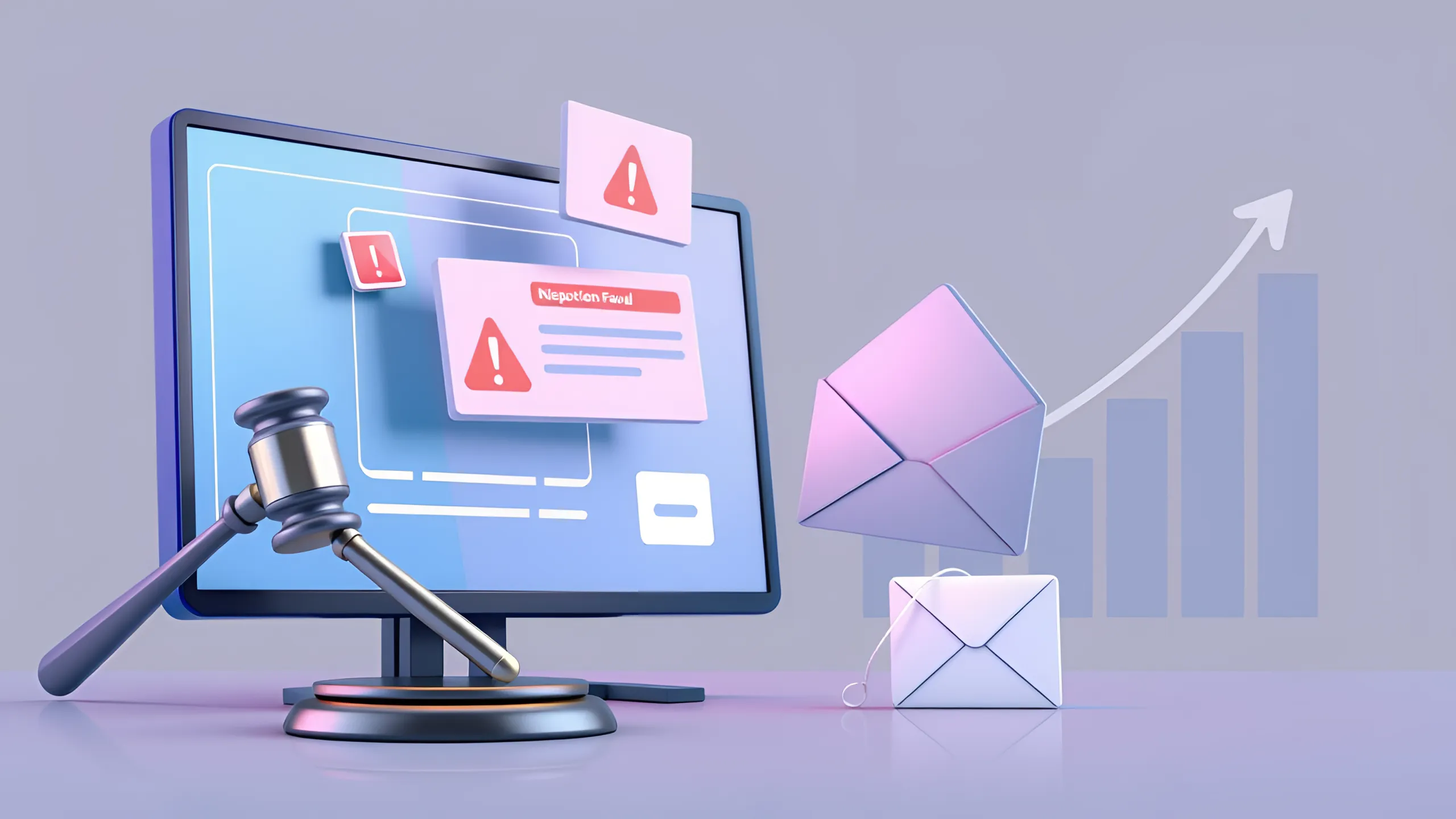
Online marketplace scams are on the rise, and Facebook Marketplace has become a popular hunting ground for scammers. Most people don’t realize how seemingly legitimate requests can be traps. Based on recent reports, payment platforms like Square are often exploited by fraudsters to create a false sense of security. In this guide, you’ll learn exactly how to protect yourself and avoid falling victim to Square-related scams.
Why Is Facebook Marketplace a Target for Scammers?
Facebook Marketplace provides an easy way for buyers and sellers to connect, but its open and informal nature makes it a magnet for scammers. According to a 2024 FTC report, marketplace scams surged by 30% in the last year. Sellers are particularly vulnerable, as scammers use sophisticated tactics to impersonate genuine buyers.
Quick Tip:
Always verify payment confirmations directly within your Square account instead of relying on screenshots or emails.
But how do scammers actually operate? Let’s break it down.
Common Square Scam Tactics to Watch Out For
Here are the most common schemes scammers use on Facebook Marketplace:
- Unusual Shipping Offers: Scammers might offer to cover your shipping costs or fees. While this seems generous, it’s often a trick to gain your trust and encourage you to proceed hastily.
- Square Invoice Redirection: They may ask you to send an invoice through Square, only to later claim there’s an issue. For instance, a scam victim on Reddit shared how the buyer “accidentally” overpaid and requested a partial refund through another method, which resulted in lost funds.
- Fake Payment Confirmations: Fraudsters send fake emails or screenshots that appear to show completed payments. In reality, no funds have been transferred to your account. Always check your Square dashboard for genuine transactions.
- Phishing Attempts: Be wary of links claiming to be from Square. These might lead to fake login pages designed to steal your credentials. Deloitte found that phishing was responsible for 40% of cyberattacks in January 2025.
- Rushing the Process: Scammers create urgency, pressuring you to ship the item before confirming the payment. Remember: real buyers can wait.
Tools and Resources to Protect Yourself
Thankfully, there are tools available to help you minimize risk:
“The key to avoiding online marketplace scams is skepticism. If something seems too good to be true, it probably is.” – Adam Levin, Founder of CyberScout
- Square: Use Square’s built-in reporting tools to flag suspicious activity. However, note that their dispute resolution process can take time, and outcomes aren’t always guaranteed.
- Google Reverse Image Search: Verify the buyer’s profile picture to ensure it hasn’t been stolen. While not foolproof, it’s a great first layer of defense.
- PayPal: Consider alternative platforms like PayPal, which offer seller protection policies. But be aware: chargeback issues are common.
- BeenVerified: Perform a background check on buyers if something feels off. While results aren’t 100% accurate, they can flag red flags.
- Experian IdentityWorks: If your personal information has been compromised, services like Experian IdentityWorks can monitor your accounts and alert you to potential identity theft.
Steps to Safeguard Yourself Against Scams
Here’s your step-by-step game plan to avoid Square scams:
- Verify Payments: Always confirm that funds have cleared in your Square account before providing any goods or services.
- Avoid External Links: Only log in to payment platforms through official apps or websites. Ignore links sent by buyers.
- Stick to Marketplace Guidelines: Follow Facebook Marketplace’s payment and communication recommendations to reduce risk.
- Use Reputable Platforms: If Square feels too risky, consider platforms with stronger dispute resolution options, like PayPal or Venmo (not for business transactions).
- Trust Your Instincts: If a deal feels too convenient or the buyer is overly eager, take a step back and reevaluate.
Remember, staying informed and vigilant is your best defense.
Final Thoughts: Protect Yourself in 2025
Scammers will always evolve their techniques, but the core signs of a scam remain consistent: too-good-to-be-true offers, fake confirmations, and pressure to act quickly. By staying skeptical, using verified tools, and thoroughly researching transactions, you can safely navigate Facebook Marketplace.
Don’t let scams discourage you—the majority of online transactions are legitimate. With these tips and tools, you’ll be well-equipped to sell confidently in 2025.


Leave a Comment